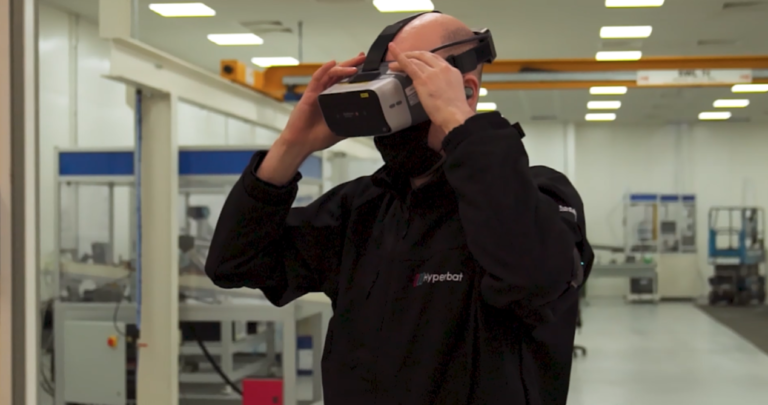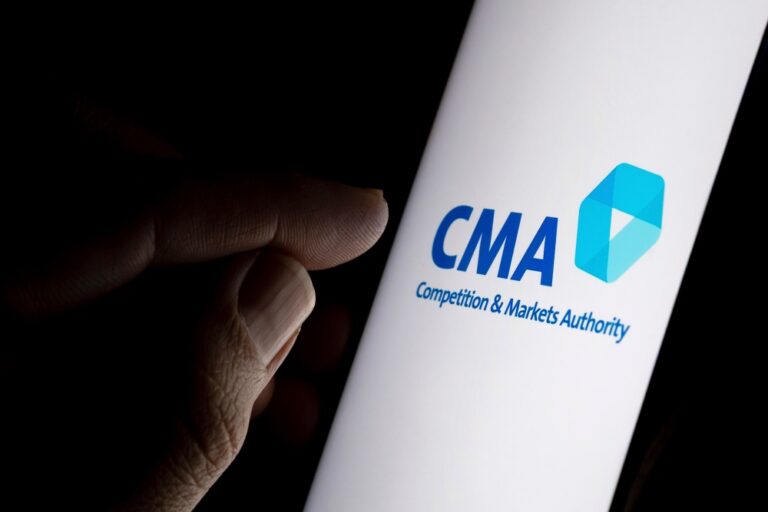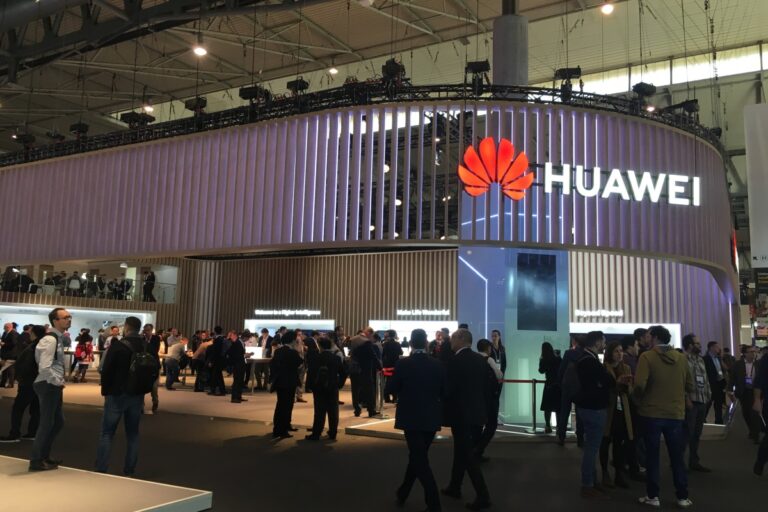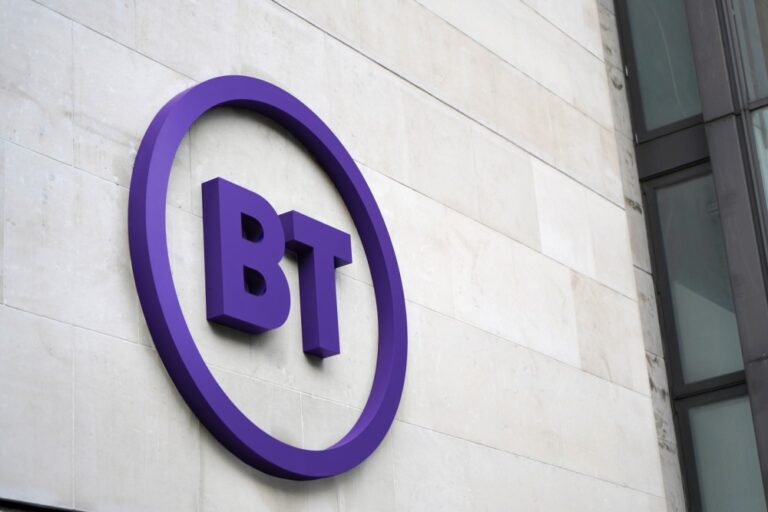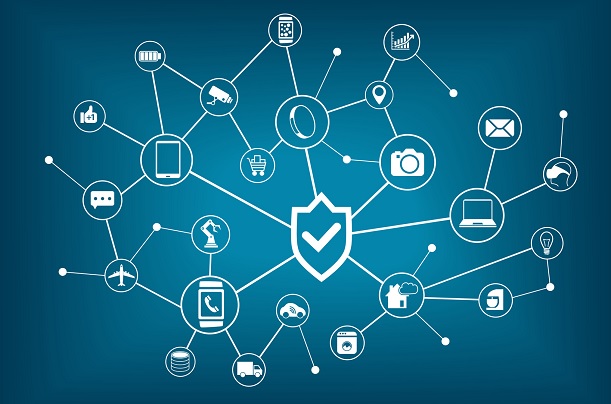Sponsored: The metaverse is a universe of immersive, shared virtual landscapes, navigable by user-controlled avatars in cyberspace.
Another aspect of understanding the metaverse lies in the likelihood of multiple metaverses co-existing, each hosting a virtual world developed by separate service providers. More specifically, at the beginning of the metaverse journey, there is a high chance of multiple players looking to gain first advantage with their respective versions of the metaverse. As such, the metaverse is understandably a concept in its infancy that will shift-shape to serve different value creation opportunities.
For this reason, it is even more likely that there will be varying preferences in the ways different stakeholders develop offerings within the space. However, the key to its success is vested in the ease with which users can move between the different metaverses – better known as the technical interoperability to facilitate it. This interoperability between different metaverses is expected to be one of the biggest challenges to its proliferation.
Myriad metaverses
It is highly likely there will be a myriad of different metaverses to join, depending on specific interests or membership opportunities. In fact, one may have to join several metaverses to interact with different groups of friends. It is still unclear if interconnectivity between the different meta-spaces is even possible to ensure movement from one to the other with ease, which is why interoperability between metaverses is key.
Interoperability suggests a level of standardization, similar to the 3GPP-type approach to 5G or TM Forum’s promotion of open APIs. This is necessary to guarantee consumers a seamless experience in their digital journeys and begs the question who will take responsibility for it?
Zuckerberg’s vision
Some commentators suggest Meta (Facebook) could play a major role here. Recently Mark Zuckerberg launched ‘connect’ videos explaining his vision for the Metaverse. He describes Meta’s ‘Horizon’ – a virtual reality home to which friends can be invited to share a virtual home experience. Meta has made significant investments in its Metaverse play, with some estimating that the company will spend up to $180 billion over the next 10 years in research and development.
Today, Meta offers users the Quest 2 Meta’s VR headset and Presence platform, focused on enabling AR/VR for the developer community to allow for app and service creation within the metaverse to encourage a ‘creator economy’.
To some, like myself, the approach mimics Apple’s App Store and IOS development platform. Apple enables a plethora of app developers who helped drive smartphone adoption and the digital transformation seen over the last decade. Meta is at the beginning of that journey, enabling an ecosystem of developers for its Metaverse.
Microsoft and the metaverse
Meta cannot have it all: Other big players recognize the countless opportunities in this space, with Microsoft acknowledging that closest thing to making consumers’ metaverse experience profitable is gaming. Immersive VR games are well established, such as Fortnite, World of Warcraft and Second Lives which generate immense revenue.
In 2014, Microsoft bought Minecraft for $2.5 billion and its monthly users now top 140 million. In 2020, Microsoft acquired ZeniMax media for $7 billion, which developed games like Fallout and Doom. In 2022, Microsoft is buying Activision for $68 billion, to bring games like Call of Duty into its growing portfolio.
The most interesting factor here is that while Microsoft is in hardware, with its X-Box gaming console, its long-term strategy has been to make games available on multiple platforms so that gamers can easily access them on competitors’ consoles like PlayStation.
Two fronts
The prediction is that the metaverse will take off on two fronts – gaming and workplace collaboration. In 2016, Facebook introduced Workplace, a tool which enables business collaboration in a virtual environment although businesses do not commonly consider Facebook as an enterprise player. On the other hand, Microsoft has been in the enterprise space for decades, which facilitated the upsurge in use of tools like Teams as a software solution to enable virtual workspace collaboration.
When it comes to the metaverse, Microsoft will be competing with Meta on the two afore mentioned fronts with an open platform strategy common to both. There does not seem to be any interest in locking users into specific hardware or operating systems to as they pursue an open platform-type strategy that underlines interoperability.
There will be keen interest from the telecoms industry as the race for early advantage in the metaverse kicks off. One can only guess who will come out on top. The imperative is to understand where telcos can add value in enabling these platforms and working with different players to ensure they have ubiquitous connectivity and can monetize services. This will be as fascinating to watch as it will be transformational.
To read more on the metaverse, download the eBook
This article was originally published on the Amdocs Openet blog





